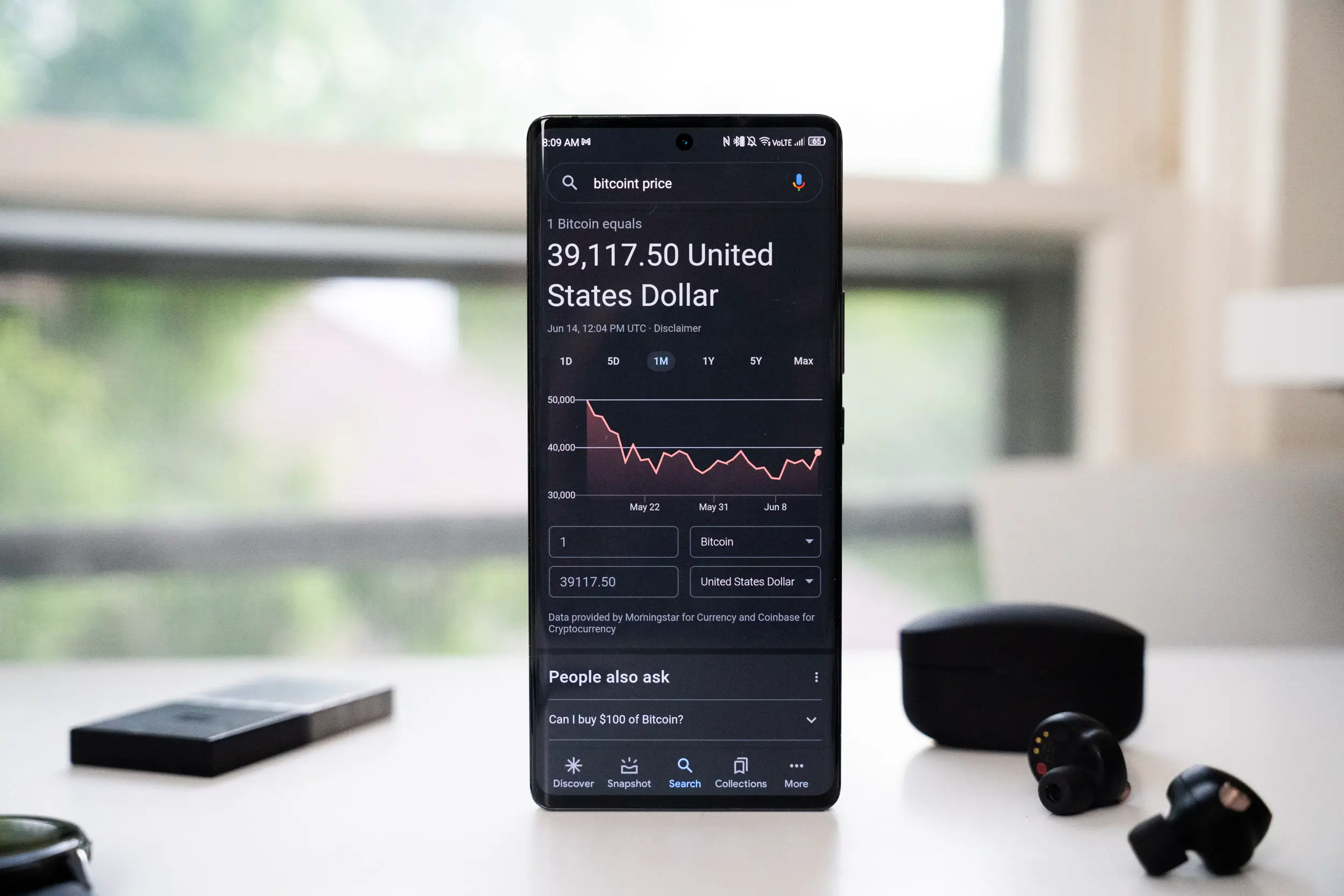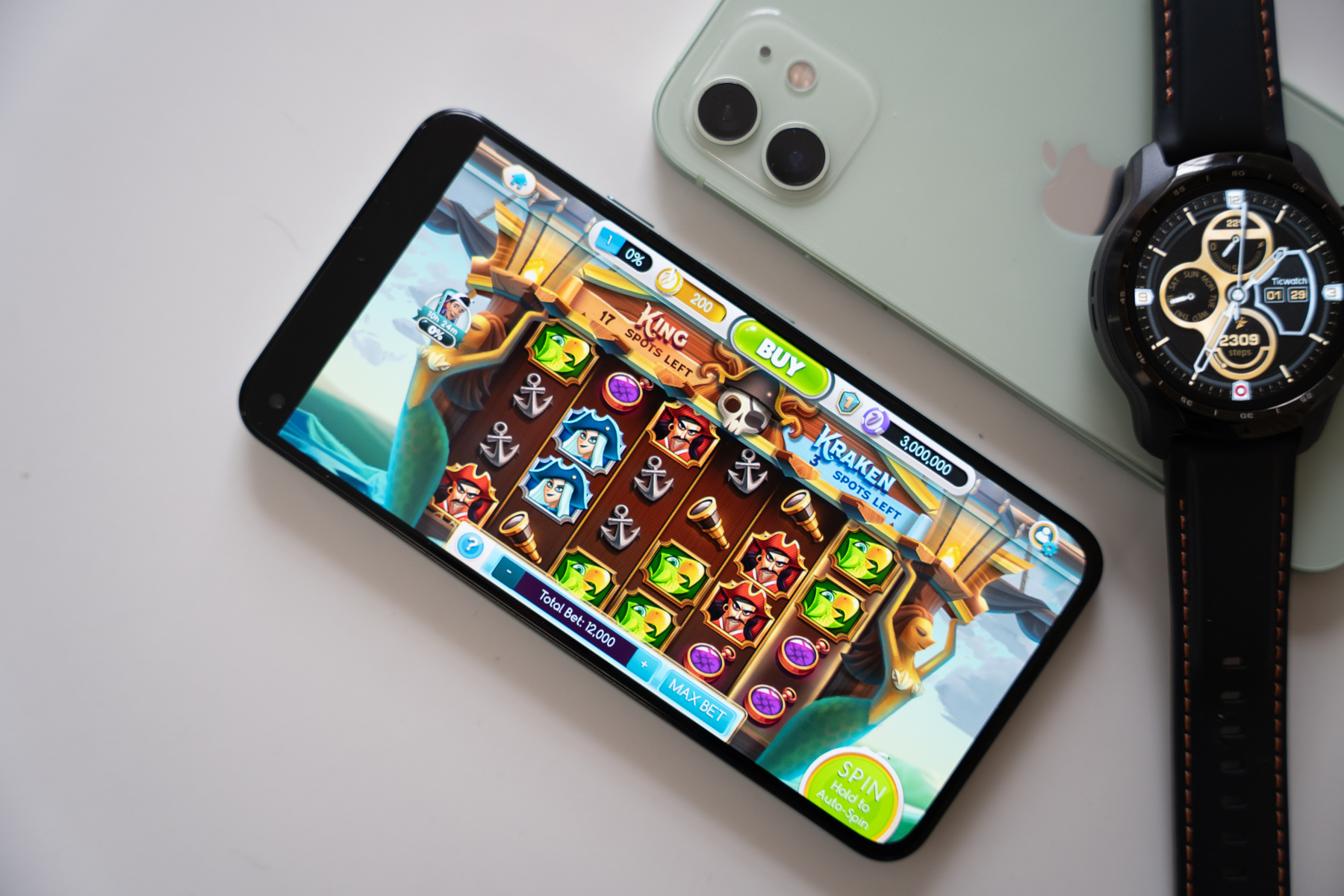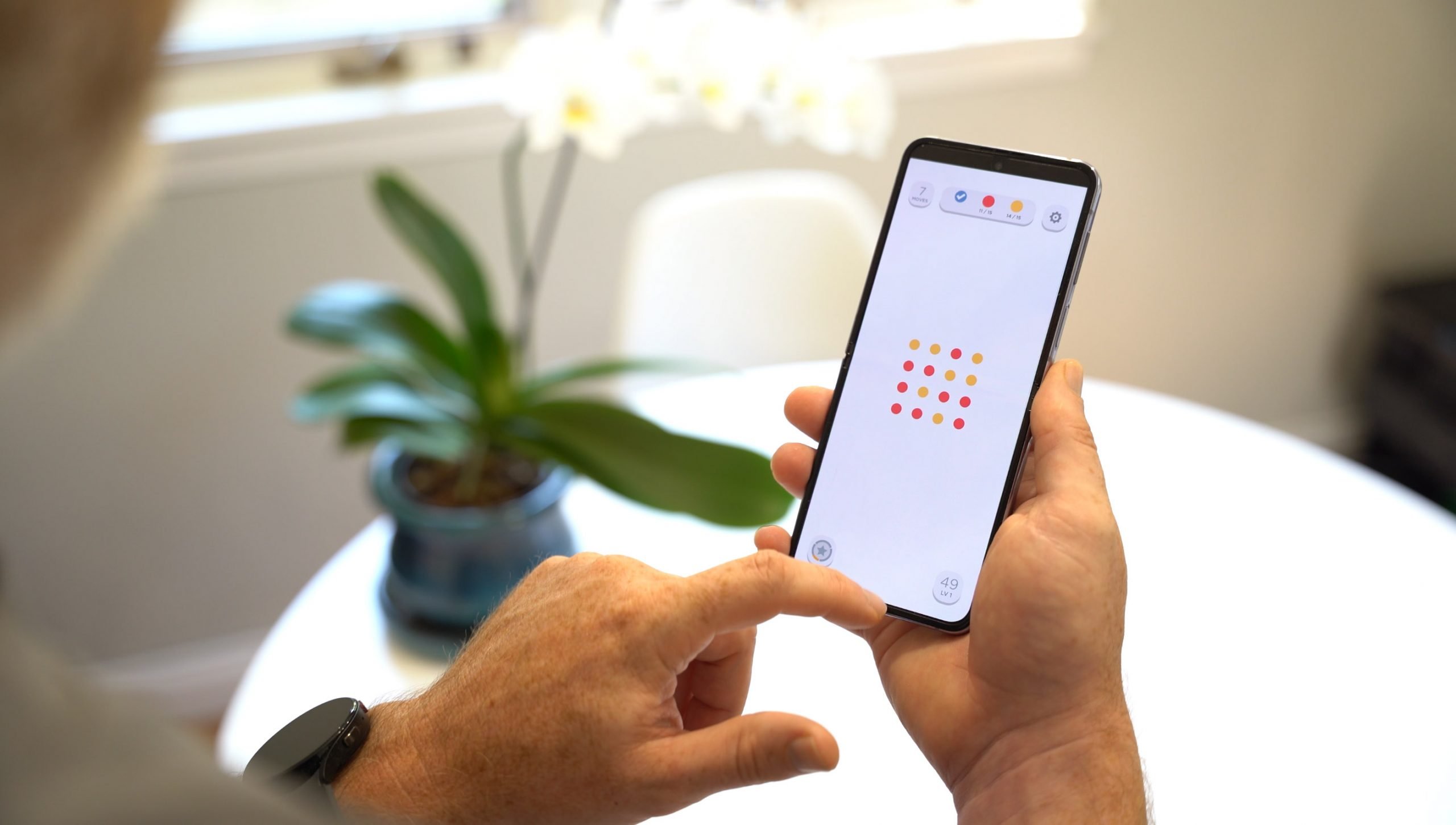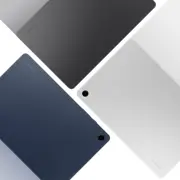Several forthcoming updates to Android and Wear OS were announced by Google at Mobile World Congress 2023 in Barcelona, Spain. On February 27th, they started rolling out some of these new features.
New Android Features Available
Users of Google Drive on Android phones and tablets will soon have the option to annotate their files freehand. The Google Drive app for Android allows users to annotate PDFs with a stylus or their fingers.
Users of Google Meet on Android phones and tablets can now take advantage of noise reduction. While conversing, the noise cancellation function will eliminate any unnecessary ambient noise. Users of the Gboard keyboard will get access to a new Emoji Kitchen, where they can create and share their own customized emoji stickers.
Page zooming is now available in Chrome for Android users. Chrome Beta users will experience this first before the feature becomes available to the broader public. The Chrome browser’s page zoom feature makes it simple to magnify text and images by as much as 300%—everything from text and pictures to moving pictures and buttons counts. The website layout will remain unchanged even when viewed at a greater magnification. You may also make your desired content size the default, so you won’t have to adjust it every time you use Chrome manually.
If you’re using Chrome and have access to the Chrome Beta, you can try out this new accessibility setting right now by navigating to Settings > Accessibility.
More Features For Android and Wear OS Are Coming Later
The updates mentioned above are currently scheduled to go live today. But there’s more on the way, and Google hasn’t even said when the following new features will be available beyond “coming soon.”
Tap-to-pay animations, which provide visual context to confirm an in-store purchase, are coming to Google Wallet. The penguins and other animated characters are all smiles.
Notes and tasks in Google Keep will soon be accessed from a unified widget on the home screen. In addition to syncing with your smartwatch, the widget displays app-generated reminders, note-background colors, and image attachments. Two new shortcuts in Wear OS 3 allow you to make notes and to-do lists with a tap of your watch face, expanding the functionality of Google Keep for Wear OS users.
Two new sound and display modes will also be available for Wear OS users, making watches more user-friendly. It’s less disorienting than split audio, and those who need it can choose between color connections and grayscale modes.
Users of Chromebooks will soon have access to Fast Pair, which will streamline the process of connecting and pairing headphones with their devices. When a nearby Chromebook detects that a pair of headphones has been configured for use with an Android device, the Chromebook will immediately pair with the headphones.
Latest Android Updates Available Now
New “Material You” Theme Color Styles
The wallpaper-based Material You theming system was a highlight of Android 12. Even though Material You significantly improved Android’s personalization options, it didn’t let users choose their hues. That restriction led to the appearance of third-party apps on the Play Store that used unique Material You accent colors.
Google still doesn’t let you choose your accent colors, but the company has added 16 more color selections to the Settings menu, giving you greater leeway. There are four different background colors and four different basic colors in Android 12.
Updated Progress Bar in Media Player
Until the media player is updated, an Android update isn’t complete. Google’s media player progress bar now features a wavy line. It shows up when the media is actively playing and disappears when playback is interrupted, giving place to the standard straight line. Keep in mind that the updated progress bar will also show up on the lock screen. It’s a fantastic touch that gives the media player a more energetic vibe.
Faster Access to QR Code Scanning
The pandemic has resulted in the rapid spread of QR codes. QR codes have become ubiquitous, appearing on everything from supermarket checkout kiosks to restaurant menus.
QR codes have been a huge aid to people who use the power of the internet for their transactions, especially in mobile gaming.
QR is a great help for them to deal with online transactions, from sending money to paying or betting.
Given this renewed curiosity, the QR code scanner will be accessible even while your phone is locked in Android 13. The QR code scanner may be accessed via a dedicated tile in the Quick Settings menu.
GSR Android gaming
Qualcomm has announced the release of its mobile device technology. It’s called Snapdragon Game Super Resolution (GSR) and is designed to improve visual quality and responsiveness in games.
This new tech maximizes mobile gaming performance and even device battery life. Therefore, it allows games to run at lower resolutions without affecting the game quality with improved graphics. This works for almost all types of video games, including LeoVegas mobile casino gaming.
Upscaling games from 1080p to 4K on a Snapdragon GSR has minimal effects on latency and battery life. Reduced latency and power consumption are only two benefits of a single-pass super-resolution approach that combines upscaling and edge sharpening. Tone mapping and other post-processing passes can be used with a single pass.
Lock Screen Smart Home Device Control
Those who have invested money into a smart home environment will appreciate this new Android 13 capability. Google has added the ability to access and manage smart home devices without unlocking the phone. The feature is disabled by default but can be enabled if needed.
Quick Tap to Enable Flashlight
The double-tap gestures in Android 12 were a welcome addition. The double-tap gesture in Android 12 can be used to launch the Assistant, capture screenshots, manage music playback, access the app drawer, and view notifications. With the addition of a switch, Google has improved this feature significantly.
From now on, the flashlight may be turned on and off with a double tap on the rear of your phone. Those who frequently employ their phone’s flashlight will find this to be an extremely helpful function.
Audio Output Selector Redesign
The media output choice in Android 13 is getting a cosmetic overhaul from Google. Make sure to distinguish the volume slider from the output selector, which allows you to choose between Bluetooth headphones and the phone’s speakers. The volume slider has been redesigned to be more robust and perhaps show the device’s name, similar to the Quick Settings tiles introduced in Android 12. The features are the same as Android 12. However, the design has been updated to provide more visual cohesion.
Updated Permission Requests
With the release of the first beta of Android 13, Google has implemented fine-grained permissions for accessing media assets, including photos, movies, and audio. There will soon be a permissions system where third-party apps can seek access to certain kinds of material.
Google claims it would streamline the permissions request process by combining picture and video access requests into a single dialog if an app makes both requests simultaneously.
Flashlight Alert on At a Glance Widget
We’ve all done it: left the flashlight on, only to find that it’s used up half our phone’s power. Oh, no, not anymore. Google’s At a Glance widget now features an integrated flashlight status indicator, which is a nice touch. This warning appears on both the main screen and the lock screen.











Comments